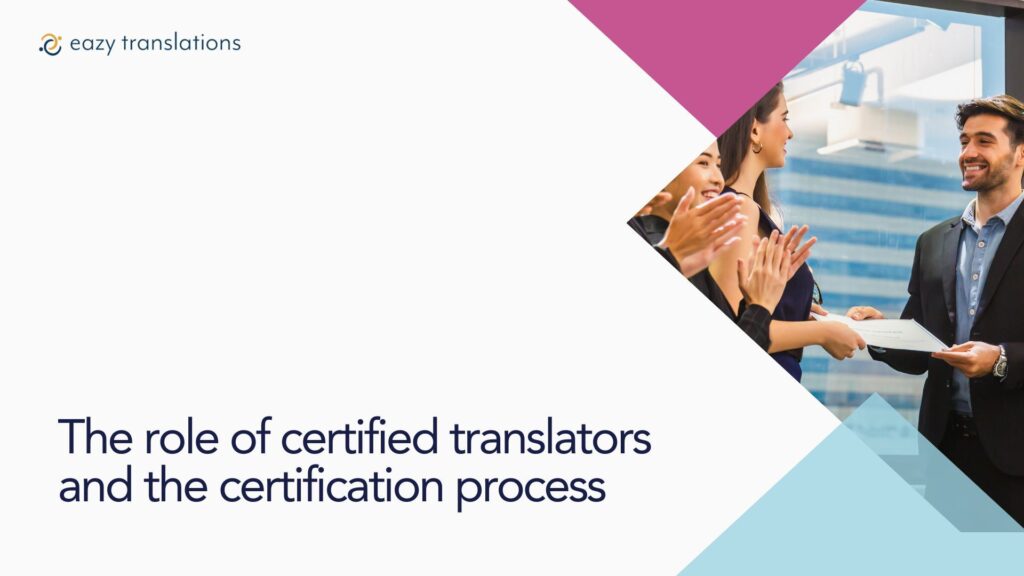
Contents
In our interconnected world, the role of certified translators is crucial in ensuring accurate and reliable communication across languages. This guide will first explore the multifaceted role of these professionals and then provide an in-depth look at the certification process for translated documents.
Certified translators play a vital role in bridging language barriers and facilitating global communication. They are responsible for translating written content from one language to another, while also ensuring that the translated document accurately conveys the original message and maintains cultural sensitivity.
Apart from linguistic proficiency, certified translators possess a deep understanding of various subject matters, including legal, medical, technical, and business. They are well-versed in the nuances of both the source and target languages, which allows them to deliver accurate translations that are not only linguistically precise but also culturally appropriate.
Additionally, certified translators often serve as cultural ambassadors by providing valuable insights into social customs, traditions, and norms of their respective language communities. This helps businesses and organisations navigate through cultural differences and establish meaningful connections with their target audience.
Document certification is a process where a certified translator or a translation agency attests to the accuracy of the translation. This is often required for official documents such as legal papers, immigration documents, and academic records.
Global Variations in Certification: The requirements for certified translations can vary significantly from country to country. In some jurisdictions, only translations by government-approved translators are accepted, while in others, any professional translator’s certification is sufficient. It’s essential to research the specific requirements for each country where your translated document will be used. Some countries may also have specific formatting or language requirements for the certification statement.
Submission Deadlines: It’s crucial to factor in any submission deadlines when planning a certified translation. In some cases, translations may need to be completed within a certain time frame and submitted by a specific date. This is especially important for documents required for legal proceedings or visa applications.
Specific Document Requirements: Different types of documents may have unique certification requirements. For example, legal documents may require additional notarization or a seal from the court translator. On the other hand, academic records may need to include a statement from the educational institution confirming the accuracy of the translation.
Upholding Professional Standards: Certified translations adhere to strict professional standards and are held to the highest levels of accuracy and quality. These translations are typically carried out by experienced professionals with specialized knowledge in a particular field. They also go through multiple rounds of review and verification to ensure complete accuracy.
Ensuring Legality and Acceptance: Having a document translated professionally and certified provides legal certainty and increases the likelihood of acceptance by a foreign government or institution. Certified translations are typically required for various purposes, including immigration, education, employment, and legal proceedings. In these cases, having a translation that meets the local requirements is crucial.
The Role of Translation Agencies: Translation agencies often play a crucial role in the certification process, especially when dealing with documents for international use. They ensure that translations meet the specific requirements of the target country, including any necessary notarization or apostille.
Certified translators and the process of document certification are indispensable in today’s global landscape. They ensure that communication across languages is not just possible, but precise, reliable, and culturally sensitive. From legal documents to academic records, certified translations provide a level of accuracy and credibility that is essential for international communication and cooperation. So when faced with the need for document translation, consider investing in a certified translation to ensure the best possible outcome.